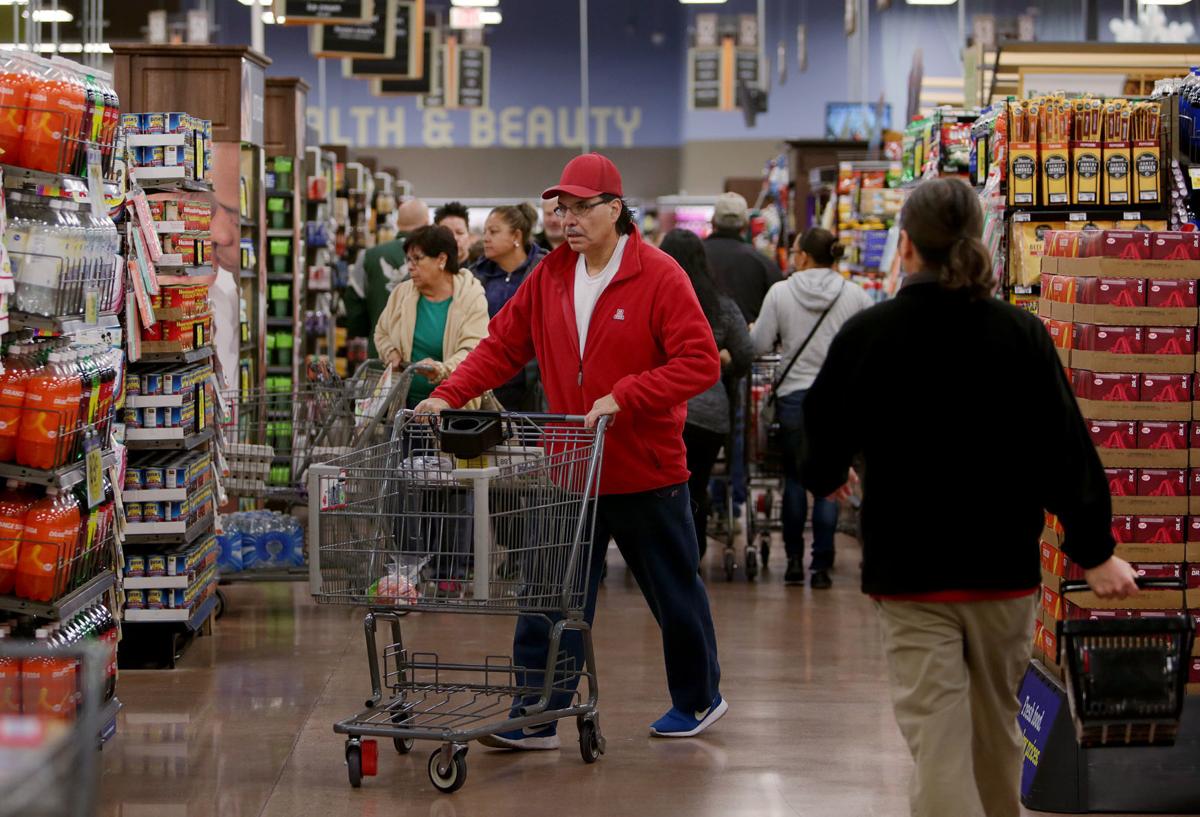Rising beef prices are pushing up the cost of eating at home.
New figures from the Arizona Farm Bureau Federation put the cost of 16 typical “market basket” grocery items at $48.30 for the first three months of the year.
That’s up more than $2 from the last quarter of 2018 for the same items.
But, seasonal fluctuations being what they are, it’s only slightly higher than at the same time a year ago.
Unexpectedly high prices for beef are keeping the shopping bill higher, says the Farm Bureau Federation’s Julie Murphree.
“Our beef supplies have grown in the last two years,” she said. “At the same time, retail prices have remained higher than you’d think in a well-supplied food commodity market.”
What that suggests, said Murphree, is a continued high demand for what she said is the “quality beef America produces.”
But be prepared to pay.
The sirloin tip roast that was selling for $5.82 a pound at the end of last year? The latest survey found an average price at Arizona grocery stores just short of $7 a pound.
Even ground chuck will set you back $3.75 a pound, 50 cents higher per pound than three months earlier.
There are alternatives for meat eaters.
Most notably, the price of boneless chicken breasts has dropped a whopping $1.38 a pound, to just $2.36.
Elsewhere on the shopping list, milk is running 24 cents a gallon higher now than three months ago.
There’s also been a spike in the price of shredded cheddar cheese, up from $3.45 a pound at the end of 2018 to $4.83 now.
There have been offsets, including a 48-cent-a-pound drop in the cost of a five-pound bag of russet potatoes; and smaller declines in the costs of orange juice, salad mix and vegetable oil.
The Farm Bureau survey is based on what its shoppers find is the cost of selected items at stores throughout the state.
It includes discounted specials. But it does not include some additional markdowns that can be available to customers with “affinity” cards that provide either online coupons or other specials.
Farm Bureau officials say the best way to stay within a budget is to create a list — and stick to it.
The cost of getting out the door gets higher when impulse items end up in the basket.
They also suggest not shopping on an empty stomach, with some studies saying that could increase the total purchase costs by up to 15 percent.
And, along the same lines, leaving the kids at home may avoid some demand for a not-really-necessary item.





